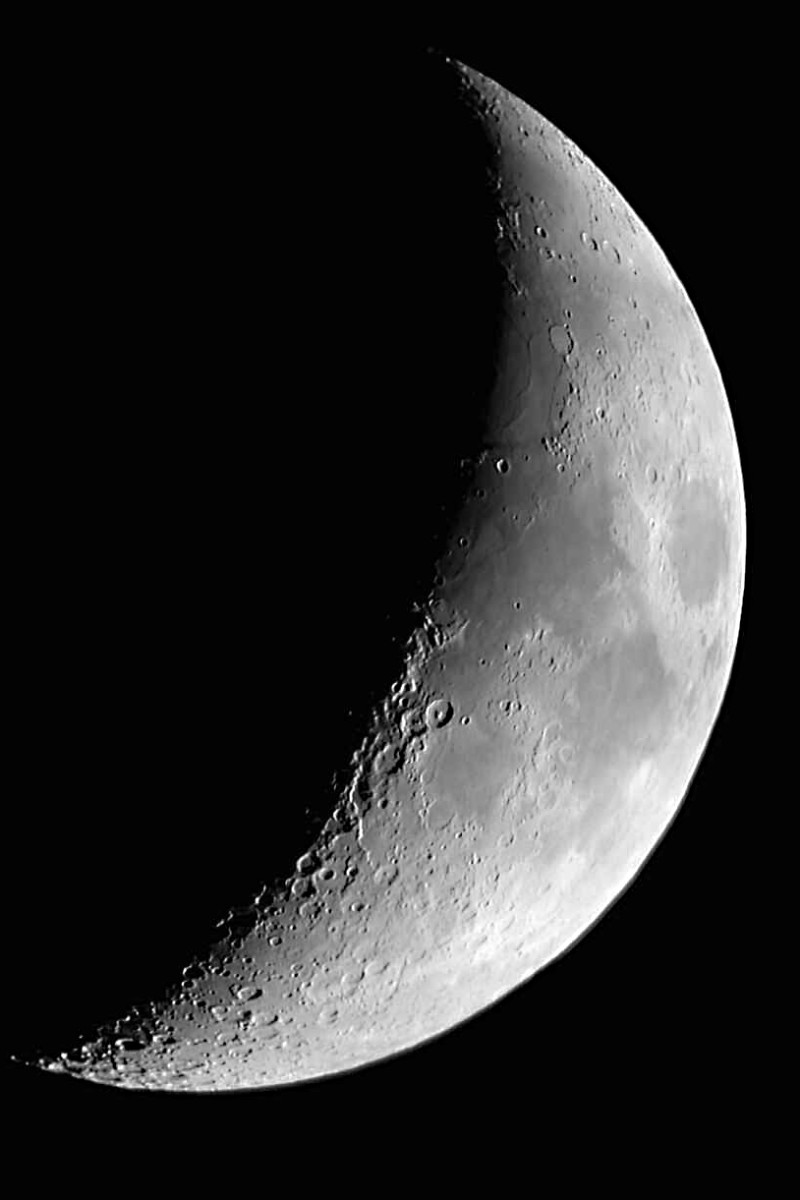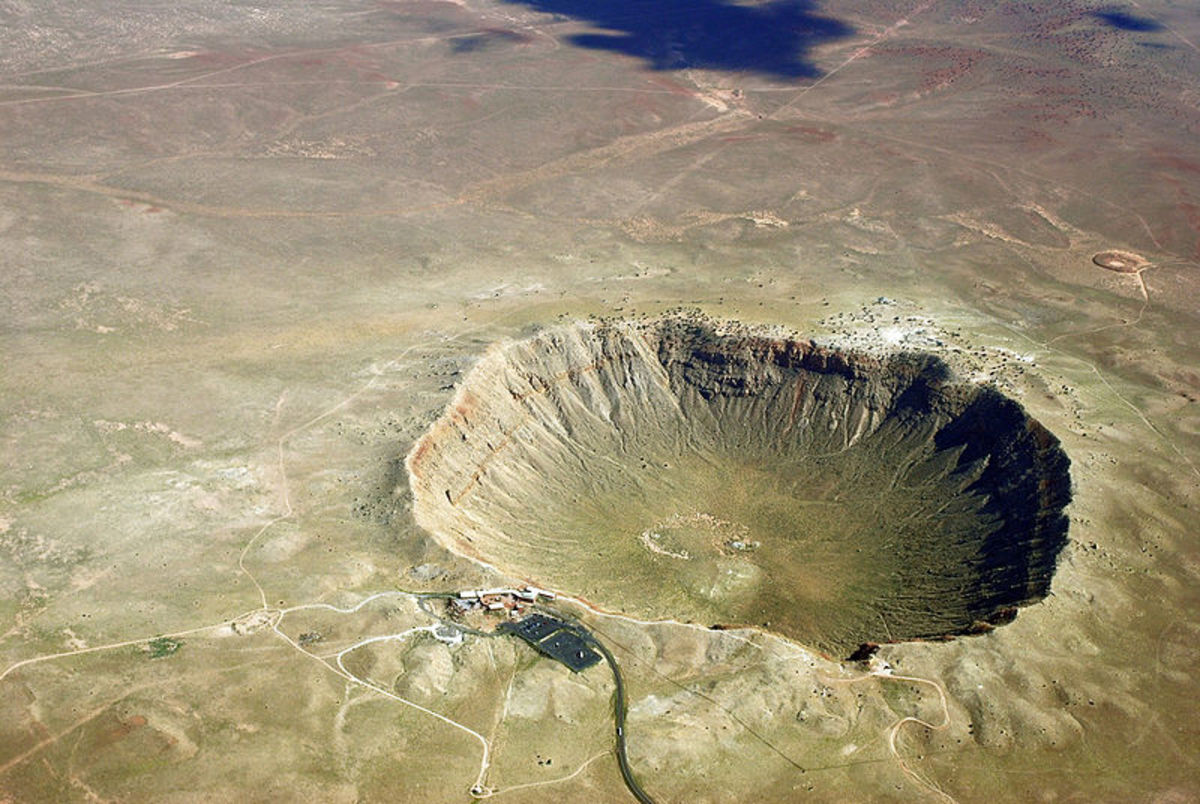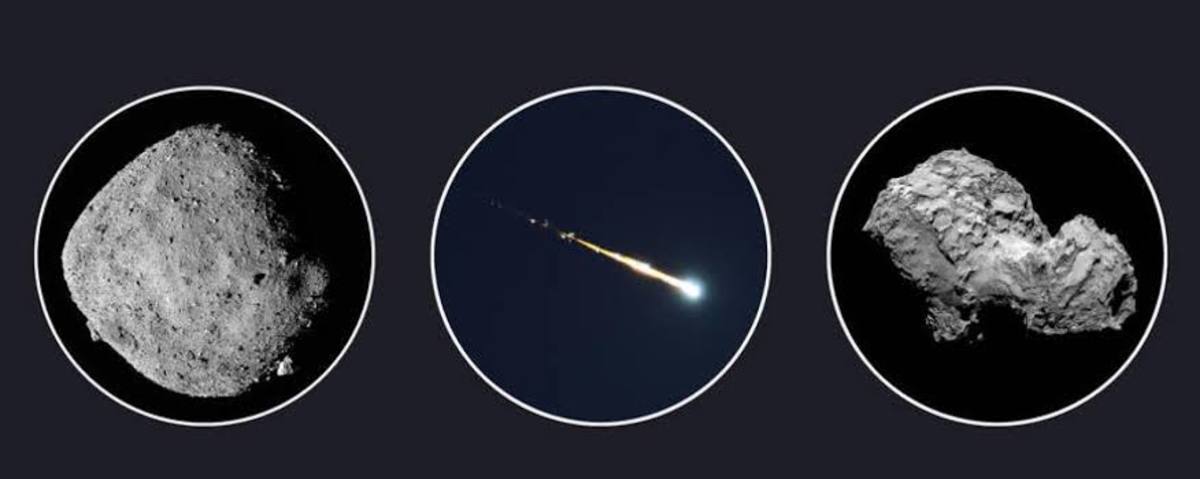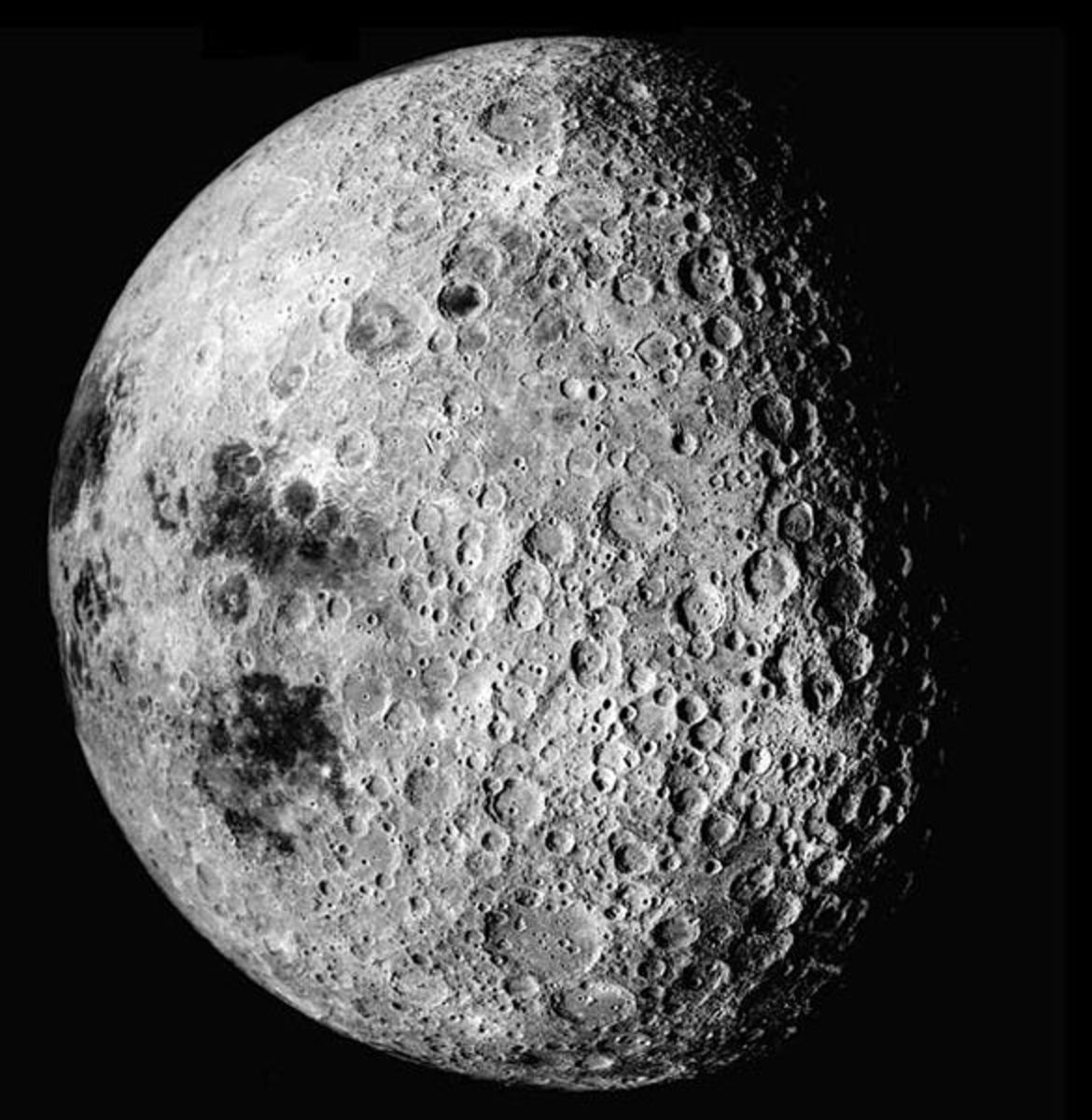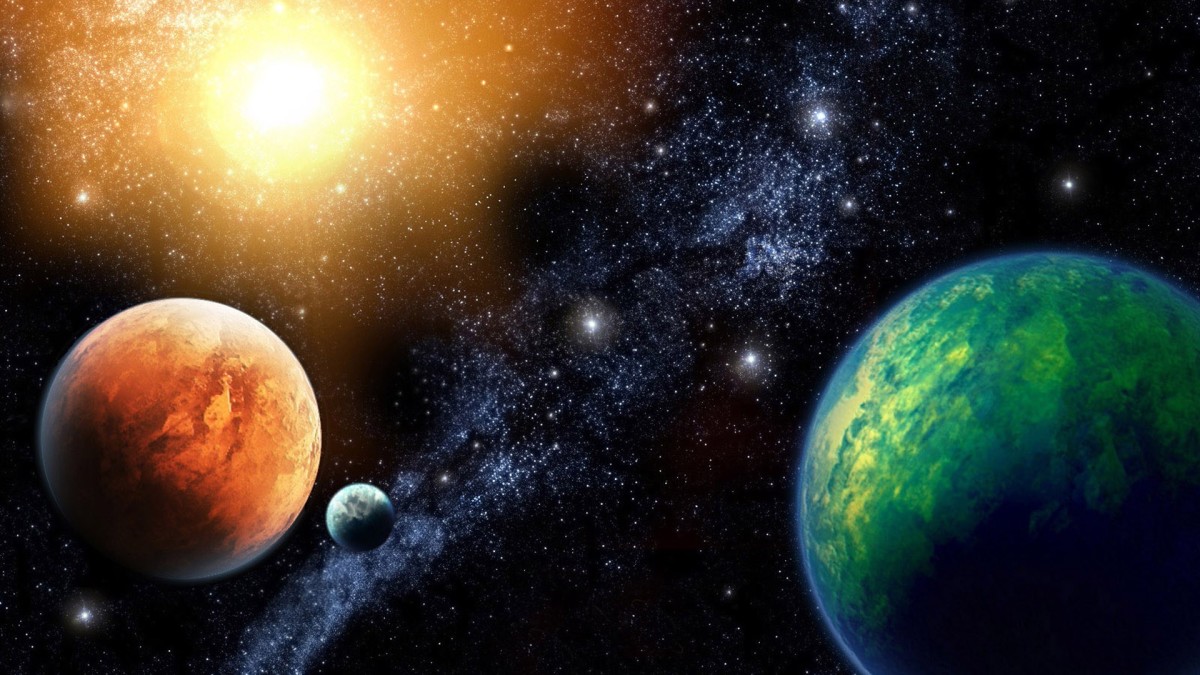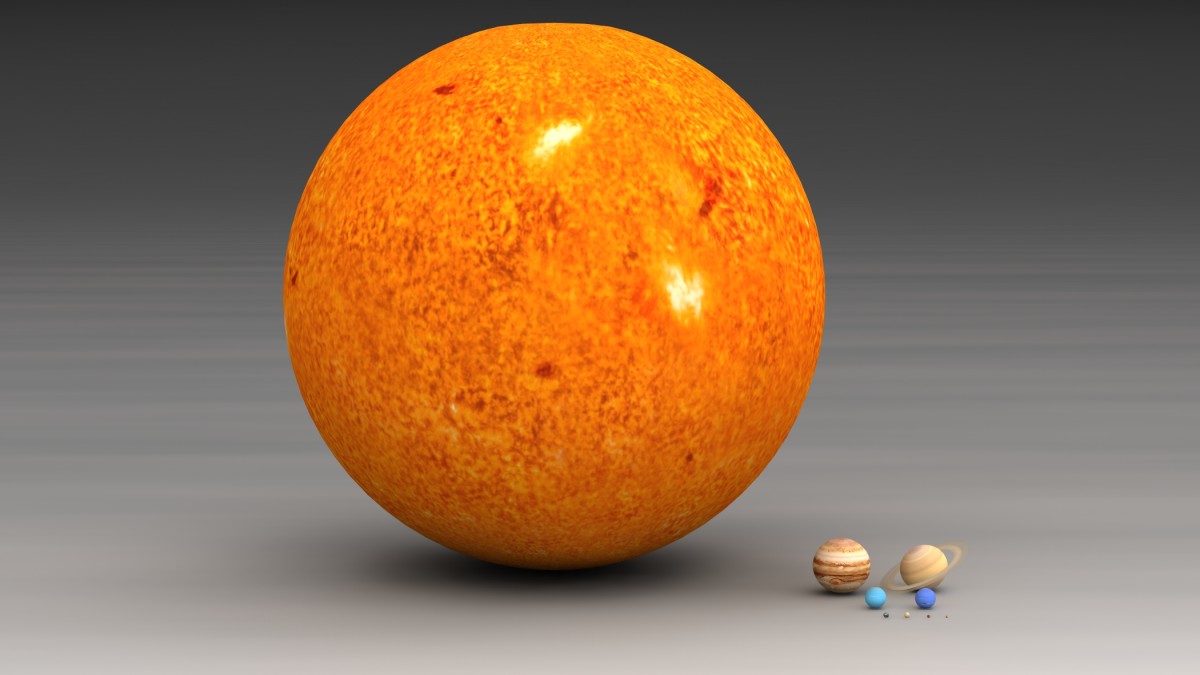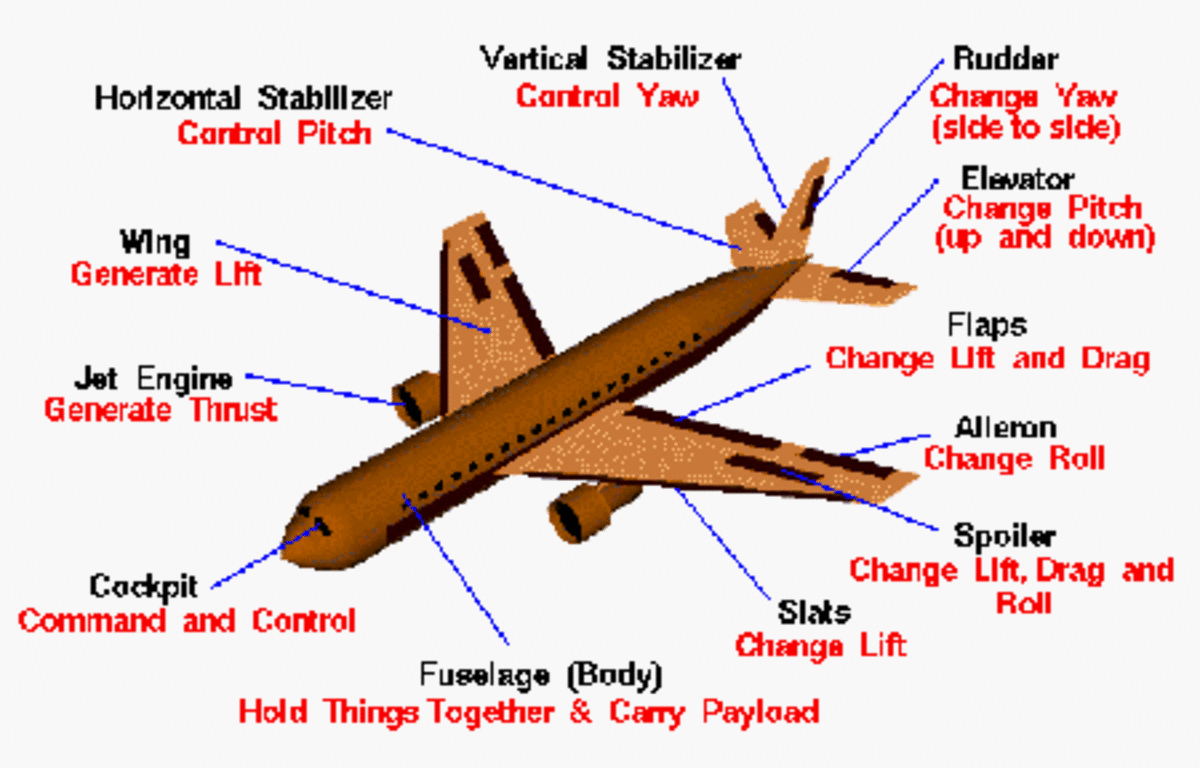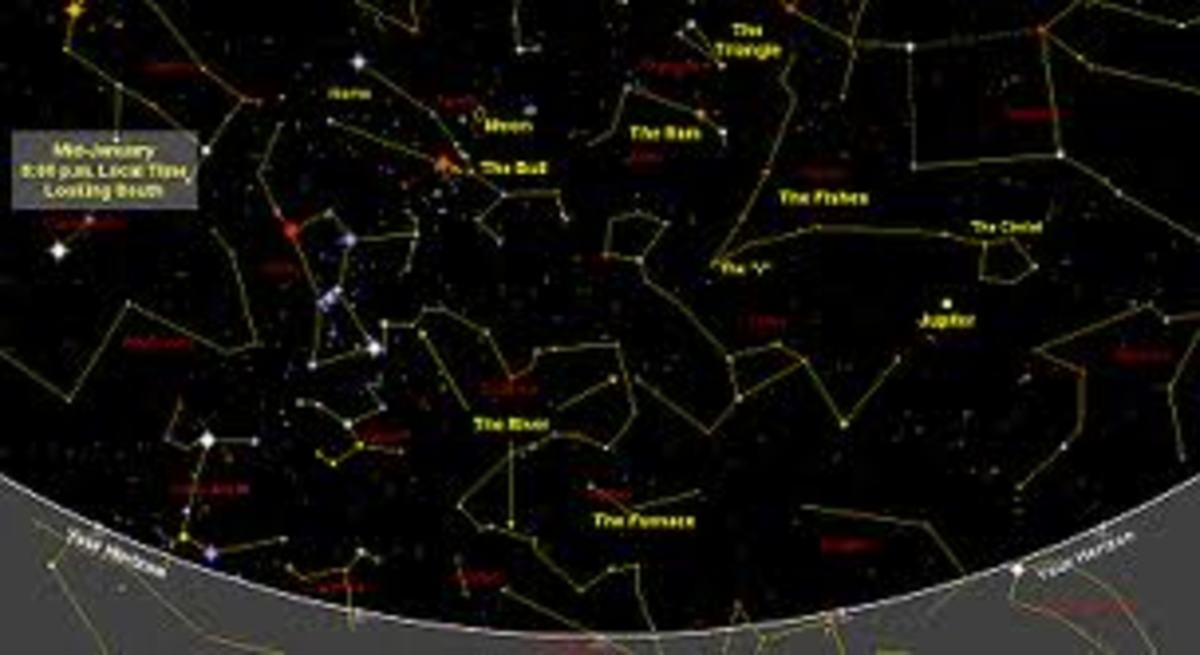About Asteroids
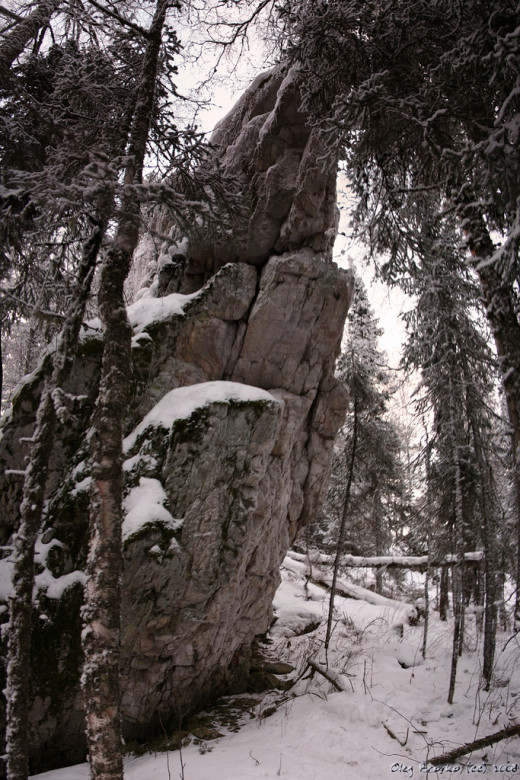
What Asteroids Are
Asteroids are celestial bodies the size of which is from several feet to thousands of miles in diameter. On the whole, there is no precise difference between asteroids and meteorites. Some scientists believe that the bigger part of meteorites is splinters of asteroids. Asteroids, just like meteorites, are celestial bodies containing nickel, iron and all sorts of rocks. In their composition they are very much like planets.
The majority of asteroids are composed of chondrites, stone-like minerals of grey, red and brown color. In the cut of a meteorite you can see a grain-like structure. This is an ID of a meteorite that cannot be found elsewhere in nature.
Asteroids are called this way because of their resemblance to stars. In Greek, the word "asteroid" means "similar to stars." The fact is, when observed through a telescope, these flying stones look like small shining points, just like stars in the night sky.
Have you ever seen a meteorite falling?
Asteroids in the Solar System
The majority of asteroids can be found between orbits of the planets Mars and Jupiter in the asteroid belt. Jupiter interferes with the movement of asteroids thus making them hit each other and change their orbits. Some of them would then come closer to the Sun, others would drift further.
Some asteroids can be found behind Neptune's orbit which has its own asteroid belt. Some of those are as huge as 160 miles in diameter. Astronomers call this place Kuiper belt. However celestial bodies inhabiting that part of the Solar System are much more like comets in their composition. Pluto's orbit is inside that asteroid belt.
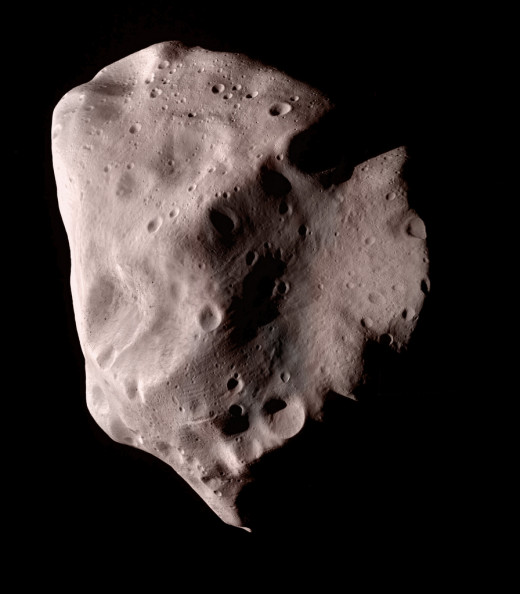
In 1997 scientists supposed that there is another asteroid belt behind Pluto's orbit. This belt explains the formation of the twin planet Pluto-Charon. According to one theory, Neptune could cleanse with its gravitation the inner part of this asteroid belt.
According to another theory, the place of the present asteroid belt between orbits of Jupiter and Mars used to belong to the planet Phaeton. Because of Jupiter's tidal force or because of a collision with some other celestial body this planet could burst into pieces that we now call asteroids.
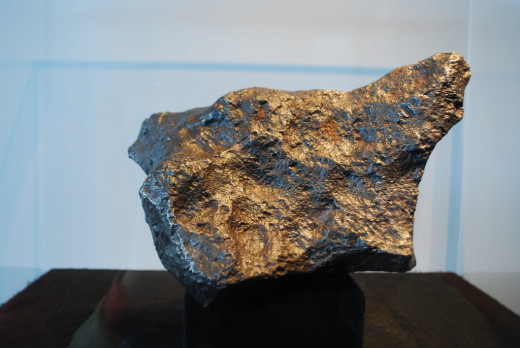
When Asteroids and Planets Meet
From time to time asteroids hit big planets. Supposedly, once our planet Earth was hit by a huge asteroid that changed the climate on the planet dramatically. As the result of this collision, all dinosaurs perished, and the so called Ice Age began.
A crater that witnesses this collision was found on Earth.
Asteroids are actually dangerous for humankind as many of them are not detectable at all. Big asteroids can cause calamities. Luckily for us, only small meteorites come close to Earth most of the time, and most of them burn out in the atmosphere.
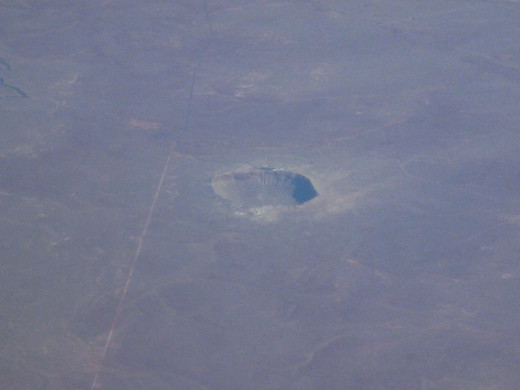
- Definition of Asteroid
Asteroids, these dwarf planets, aren't just harmless travelers across the Universe. If 65 million years ago somebody could take a look upon the Earth from a 100-miles height...

